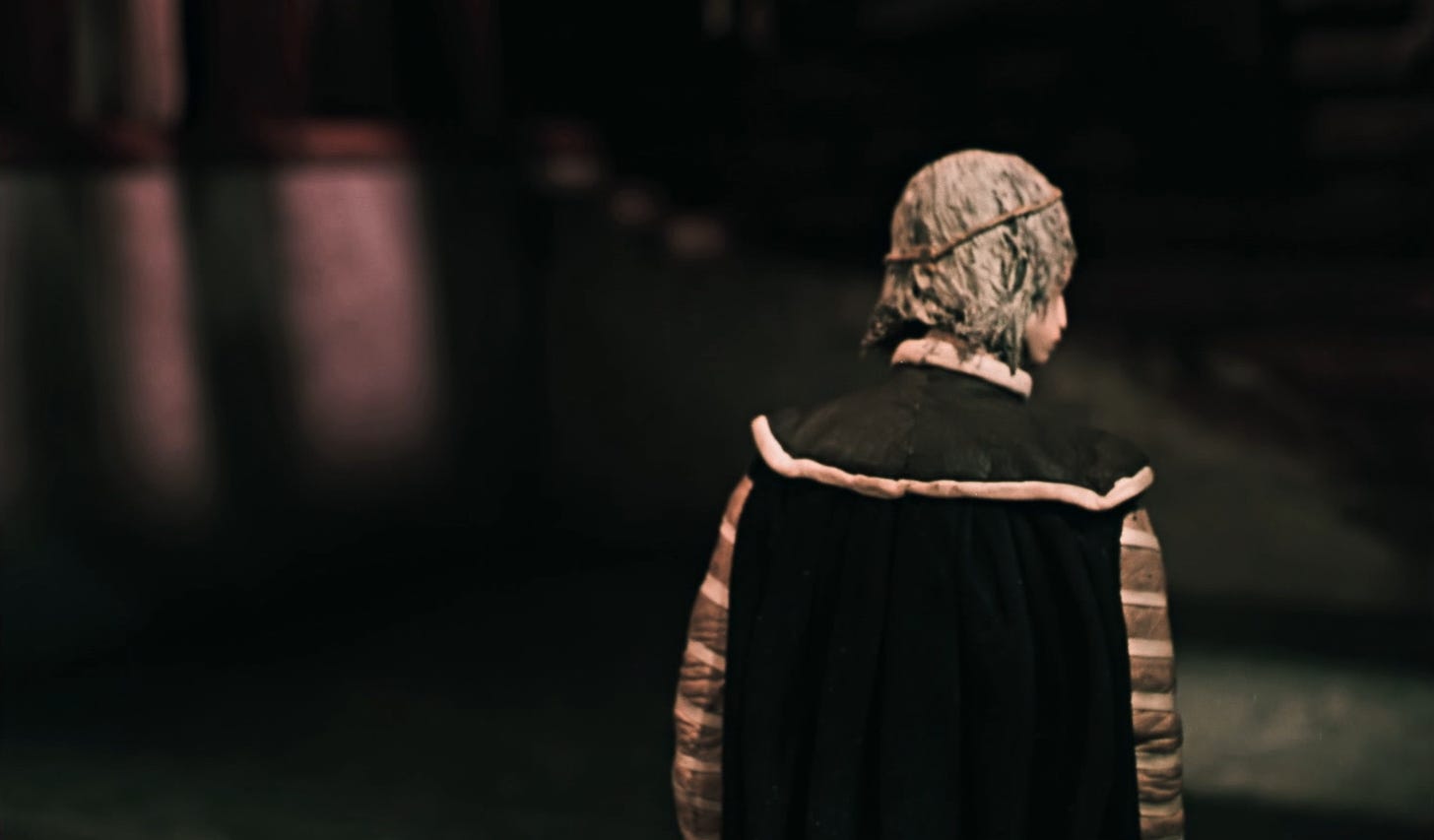Happy Thursday! This issue of the Animation Obsessive newsletter looks at one of the most renowned stop-motion scenes ever created: the terror of Neklan.
It dates to 1953, to the feature-length Old Czech Legends by Jiří Trnka. The film’s title makes it sound like a loose anthology, but that’s not the case. Old Czech Legends is a sweeping, boundary-pushing epic. Trnka had joined animation in the mid-1940s, and this film, made in communist Prague, was a turning point for him. As he said:
Until now […] everything in our puppet films was played out in a poetic way: we had yet to find how to express the action in a dramatic and epic form. It was only with Old Czech Legends that we mastered this issue.1
This one scene is a perfect illustration of Trnka’s point. It comes toward the end of Old Czech Legends, when the coward-prince Neklan assumes the throne. An unstoppable barbarian army approaches, and we meet Neklan alone in his chambers. His conscience is eating at him: he can’t bring himself to rise to the occasion. For several minutes, we watch him wilt.
Like many have noted before, it’s a performance worthy of the stage, played out by an inanimate object. Why does it work so well? That’s what we’re exploring today.
Here we go!
Keep reading with a 7-day free trial
Subscribe to Animation Obsessive to keep reading this post and get 7 days of free access to the full post archives.



